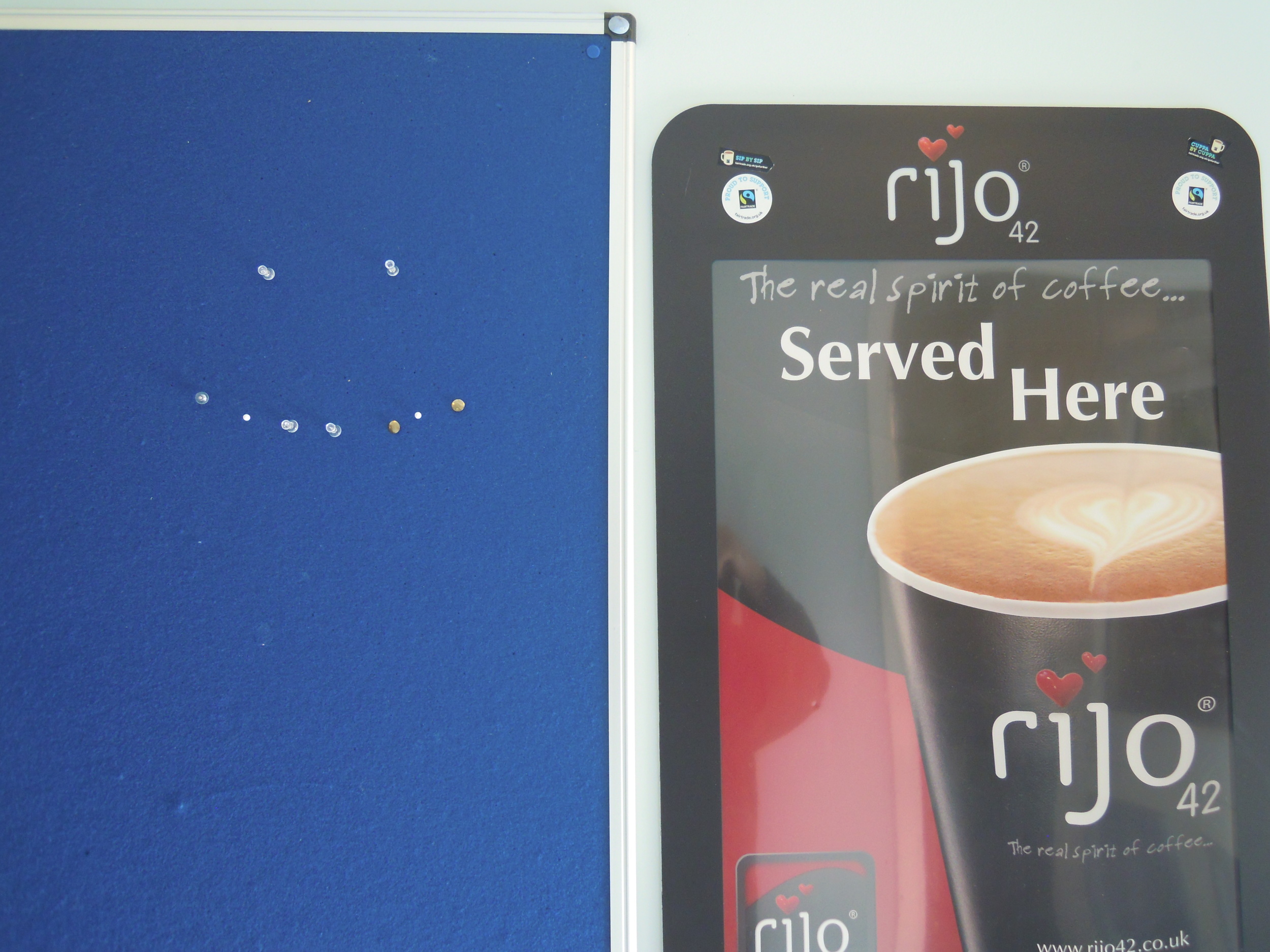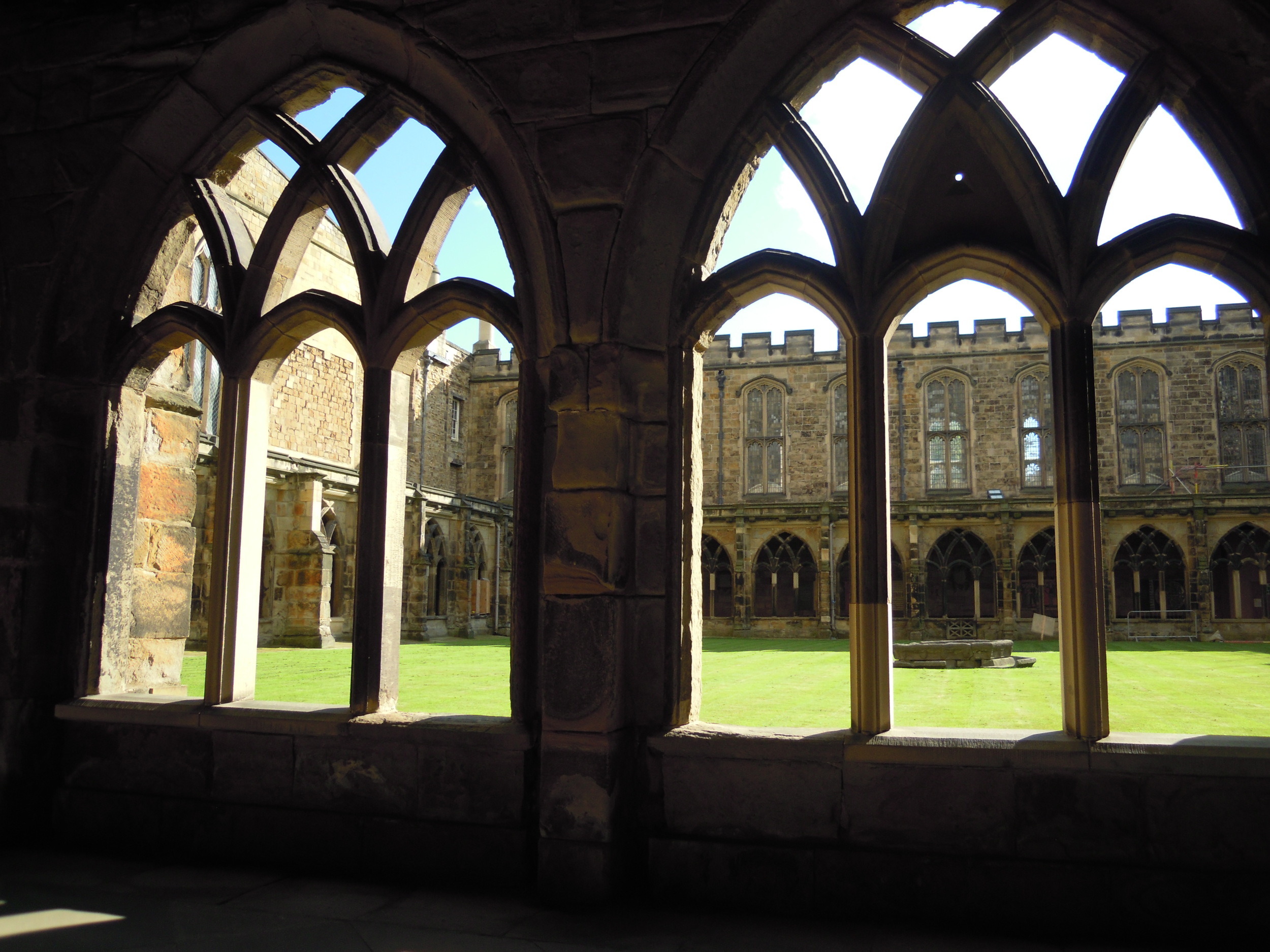Lieve Orye
Under Saint Martha's gentle gaze
St. Martha by Gianbettino Cignaroli (1706-1770)
My hope, expressed in the previous blog, to experience that what draws theologians to ethnography is precisely the same drive of reconnecting with the people in the pews and with the world in an ‘off the grid’ kind of way proved justified. The Ecclesiology and Ethnography conference was a vibrant gathering of about 55 scholars, all with an interest in exploring the possibility to enrich ecclesiology and theology through ethnography. As with the ‘Beyond Perception’ conference, this one as well was in many ways ‘off the grid’, giving participants the experience that the quality of a conference does not depend on the availability of name tags and paper versions of the program but on those who participate both within the official time slots as in the times between.
The venue this time was St. John’s College, in the vicinity of Durham Cathedral. It is itself a building that tells of different times and ‘on the spot’ adaptations to new times, not a building erected on an empty surface with conference purposes in mind. Rather, one could feel that the place had grown over time into what it is now. The non-linear lines and odd shapes of corridors, as well as the pictures of people on the wall made the hallway wanderer wonder about times gone by, yet still somehow present in the place. The experience in each of the session rooms was different as well. One room was rather big, full of light coming in, with a youthful modern feel; clearly a recent addition for which some of the garden must have been sacrificed. Another room, long and dark, teased those in it to suspect the disappearance of a wall and moved them to ‘make the space work somehow’ and to attempt through a reconfiguration of two long lines of tables and chairs to reweave the space into a texture more suitable for conversation and discussion. The third one had a yet totally different feel, as if one was being transported in time into the living room of a wealthy family of a century or so ago, with luxurious long curtains and a chandelier whose central sphere silently reflected all that was going on. A picture on the wall behind the speaker intrigued me, sometimes to the extent of taking my attention away of what was being said. A label underneath informed me that it was Saint Martha painted by Giambettino Cignaroli in the 18th century and a brief internet search afterwards clarified that it was Saint Martha of Antioch, a virgin martyr of the fourth century who miraculously tamed a dragon with an aspergillum or holy water sprinkler. According to the Golden Legend, it was “half beast and half fish, greater than an ox, longer than a horse, having teeth sharp as a sword, and horned on either side, head like a lion, tail like a serpent, that dwelt in a certain wood between Arles and Avignon. Holding a cross in her hand, Martha sprinkled the beast with holy water. Placing her sash around its neck, she led the tamed dragon through the village” (Wiki). In light of Ingold’s text ‘Dreaming of Dragons: On the Imagination of Real Life’ that was discussed at the ‘Sensibilities Beyond Science’ session at the previous conference, Saint Martha’s gentle overseeing of Ecclesiology and Ethnography sessions might be considered rather appropriate. As Ingold argues in that article, the rupture between imagination and reality must be healed, and my feeling is that such an aspiration informed many of the discussions within both the session rooms and hallways.
Taking Theology & church ‘off grid’ through ethnography or rather the other way around?
Maybe Ecclesiology/Theology and Ethnography projects can be understood as an attempt to take theology ‘off the grid’, away from the cocooning spaces where the world is kept safely outside and is only let back in in shapes and forms that are domesticated; away from spaces where the body can be kept quiet as if in hibernation, protecting it from interfering noise and concerns that 'distract' so that the mind, apparently capable of existing on its own, can reflect on what it thinks to be the really real behind the real that everyone else experiences; away from places where imagination and reality have been ruptured, where theories and understandings easily remain idealist, at an hygienic distance from everyday life. Ecclesiology, the complaint is, has remained too much at a distance from concrete life in the churches and in the world outside and this distance must be bridged - theology must be ex-posed, pushed out into the world. Discussions revealed, however, that a key difficulty might be to avoid simply jumping off one grid onto another, selling theology short in the process. Luckily, qualitative research, action research, data and statistics, empirical observations and fieldwork descriptions did not silence the discussion of how ethnography can be theological.
Moreover, concerns about the future - about the future of churches but also, maybe even more about the future of our common world - lie behind these pleas and discussions. The mix of these concerns for the future, for the theological and for the world brings forth interesting reflections. The refusal to sell theology short seemed to work against taking up a distancing, objectifying relationship to the people one works with. Concern for the future, for this world furthermore directs the attention towards both signs of and possibilities for change and transformation. One argument that I think should receive further attention is being developed by Derrick Watson. He sees practical theology entangled in a distortion, even an elision of poiesis through a specific understanding of and emphasis on praxis. To me, Watson’s understanding of poiesis seems to imply a rather ‘off the grid’ being in the world that seeks a ‘changing of the world’ through tactile attentiveness to what is locally ‘to hand’, collaborating with the materials and beings of the world. Change here occurs within life as an ongoing, forward going process in which imagination and reality are continuously interwoven and the future is grown rather than made. The understanding of praxis he critiques, on the other hand, seems rather more an ‘on the grid’ understanding where the future seems a matter of shaping people through the repetition of practices with some internal telos, while reality, in Watson's example the garden, is cleaned out to leave only the residue of ‘spiritual life’, as it is found in the statements of people about their gardening. The concrete ongoing processes of mutual responsiveness within an ongoing world have fallen through the cracks again, imagination and reality torn apart again.
At the conference concerns about both the immunization against change as well as the too quick ‘catering kind of change’ in churches could be heard. Maybe, though, we should start to think about how to get churches, the people in the pews, more ‘off the grid’ as well, or as William Greenwood noted in his talk, about ‘how to open them and us up through companionship to opportunities’. This might involve a rethinking of praxis such that poeisis can flourish again. It might mean to help churches and Christians develop a non-negligent relation to ‘what is to hand’, learning through the Gospel and liturgy, to see, to wait and to respond to the call that can be heard in the ‘here and now ’ gathering of people, other beings and materials. My feeling is that this might first of all necessitate thinking through theology’s own being too much ‘on the grid’ participating in the rupture of imagination and reality. Maybe this might be our beast to tame. Under the gentle gaze of Saint Martha participants in the Ecclesiology and Ethnography conference were clearly wrestling with it.












